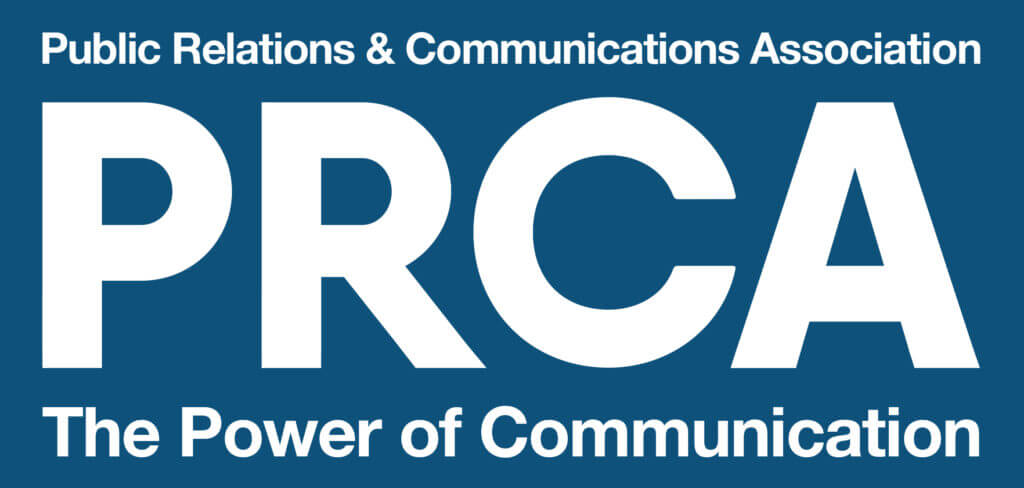Review target audience messaging
Business shifts lead to product changes, ultimately impacting your target audience. Once your target audience shifts, it’s critical to review the messages specific to each.
Remember to:
- Define your audiences clearly e.g. Vertical industry CEOs, Investors, Africa-focused startups
- Decide what it is you want to communicate to each stakeholder publicly and identify three to four key messages
- Develop a document that clearly indicates how you will communicate each message to the different audiences, e.g. via your blog, a personalised email campaign, press releases, or thought leadership columns
Important to note: Define and adapt your message to relevant marketplace needs and monitor what competitors are saying.
Check if current marketing collateral is still relevant
The direct impact of product development and shifting sales cycles, is that previous marketing materials, event brochures and the product section on your website will need to undergo changes. Don’t just stop there, make sure that you use this refresh cycle, to ensure that your marketing and PR messages are aligned.
Any published content impacts your brand and if it is not aligned with your latest marketing campaign, the media is likely to misunderstand and potentially get it completely wrong when writing about your business.
Help your business development and sales teams by avoiding mixed messages being released by your PR and marketing teams.
Important to note: Hold off on that massive marketing campaign until your business development executives, marketing, sales and PR team are on the same page.
Update your company boilerplate
Has your business model changed a few times since you officially incorporated? Is your product offering completely different to what you envisioned six months ago?
Whatever the reason may be for the strategic shift in business, the one key PR messaging element that immediately needs to be reviewed, is your company boilerplate.
“A boilerplate is usually found at the end of a press release, and briefly describes the company or organization related above. The short paragraph consisting of just a few sentences concisely explains the company or organization. The same boilerplate is usually used on every press release the company releases.” PROwl, 2008
The company boilerplate is a fundamental PR element as it provides media with a quick overview on what your business is, what your product is, who you are targeting, key milestones the business has reached and a link to your website to find more information.
Important to note: Get your boilerplate updated to reflect where your business is at and avoid jargon. A crisp, clear boilerplate avoids having to reactively follow-up with media who have received and used outdated messaging at the bottom of a press release.
Lastly, it’s not all about the press release
Be more creative (strategic) in maintaining a fresh online presence that reflects your current business. Thought leadership blogs, written by key executives on best practice, are a great way to keep spokespeople top of mind for potential media interviews that align with new business messaging. Encourage your executive team and developer teams to also write blogs relevant to your market / industry.
And don’t be shy to showcase company culture, announce new team members or share outcomes of CSI projects, as these are key parts of the business that reflect where you are and where you are going. It’s also a great way to attract talent.
Important to note: Regular, quality content published on your business, directly impacts your Google search ranking.
Making sure that your key PR messaging is effective and on point should be viewed as an ongoing exercise. It’s an essential part of every business discussion when your board gets together or your executive team discusses next steps to meet your goals.
To ensure the best possible success from your business communication, keep your PR and marketing teams aligned. I can’t stress this enough!
First published via Entrepreneur SA magazine online.


